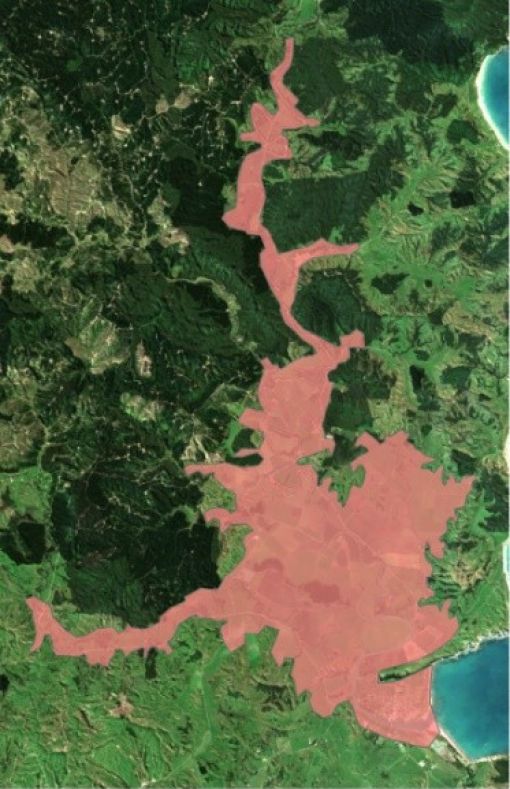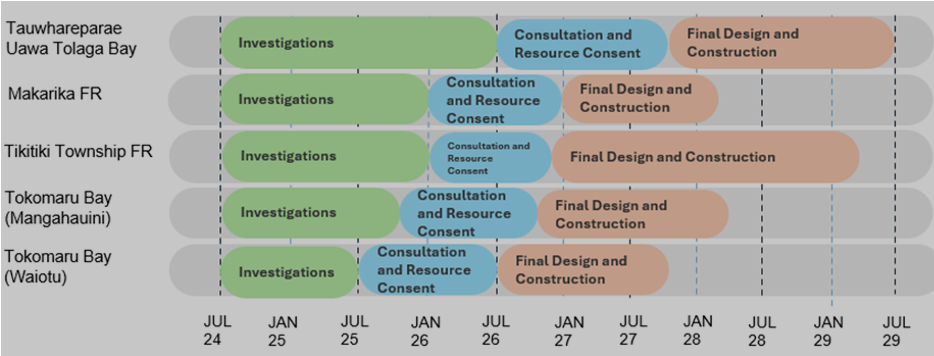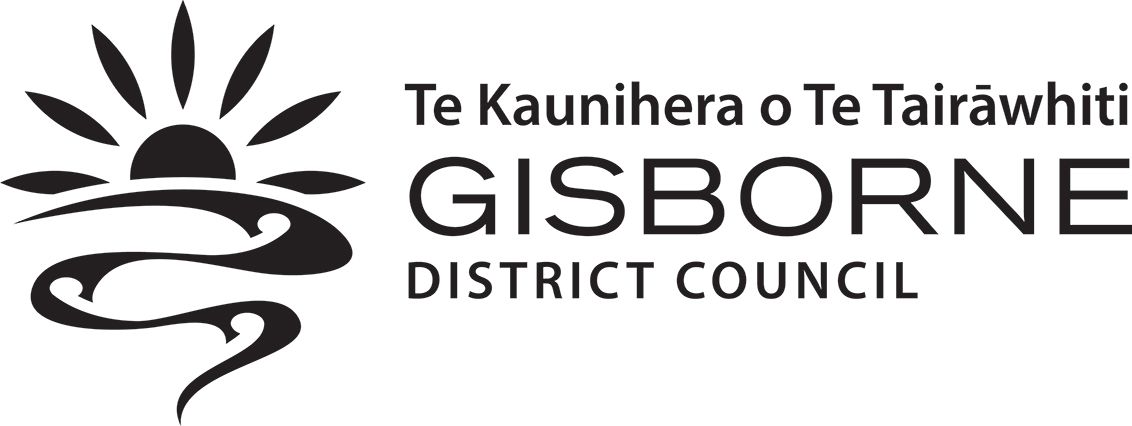Following the impacts of Cyclone Gabrielle in February 2023, along with previous significant flood events, a flood resilience improvement programme is being investigated for Uawa Tolaga Bay, Tokomaru Bay, Makarika and Tikitiki.
This project focuses on cost-effective solutions to reduce flooding risk to 38 impacted dwellings. Of these, 13 have been classified as FOSAL Category 3 and 25 as Category 2. 14 dwellings are proposed to be lifted, if viable.

East Coast catchment areas
Tolaga Bay - Mangaheia, Hikuwai and Uawa rivers
Tokomaru Bay - Waiotu Stream and Mangahauini River
Makarika - around the school
Tikitiki - Poroporo River
This project aims to safeguard lives and reduce flood risk to property and community facilities.
While the project is in its early investigation stage, solutions to enhance flood resilience may include a combination of:
- stopbanks
- hazard mapping
- channel widening/deepening
- flood storage measures
- managed retreat
- capacity improvements at culverts and bridges
What's happening now?
We're at Stage 1 - investigations
Updated: August 2025
We’re progressing investigations into flood risks and potential solutions. This work includes flood mapping, risk modelling, and evaluating the costs and benefits of various flood protection options.
Engagement with iwi and local communities is underway, with community flood focus groups now established in each area. These groups play a vital role in ensuring local knowledge and perspectives shape the flood resilience planning process. Their input will help inform and refine a shortlist of potential flood protection options, leading to a preferred option (or options) for each catchment. These will then be tested and assessed using the hydraulic models currently under development.
See our Community Hui Calendar for Meetings
Once wider community feedback has been considered, the preferred option(s) can progress to resource consent, detailed design, and construction/delivery.
Key considerations will include:
- climate change impacts
- civil defence evacuation planning
- land use constraints and opportunities
- operation and maintenance activities
- river behaviour and changes over time
- interventions to reduce flood risk
Programme and costs
Since Stage 1 began, the programme has been accelerated by approximately 3 years. This has been achieved by delivering flood resilience projects as solutions are identified and developed, rather than waiting for investigations to be completed across all catchment areas.
Further acceleration is limited, due in part to the availability of local technical specialists and contractors - particularly in isolated areas.
Understanding implementation costs across the programme will be important as we approach the construction and delivery stage. Programme-wide decisions around prioritisation and trade-offs are anticipated.

*The PARA framework and resilience—each of the 4 main approaches has the potential to contribute to the “big picture” of community flood resilience: Protect, Accommodate, Retreat, Avoid.
